LeFonch
Elastic Force, Drag, Buoyancy
What is Elastic Force?
- Elastic objects, such as springs, can be manipulated but they always try to return to their original form.
- This force that allows them to restore their form is called elastic restoring force.
- If the spring is pulled it will retract in order reach its natural length. Similarly, if pushed back, then the spring will expand to reach its natural length once again.
- Elastic restoring force is proportional to the amount the spring has been stretched by.
- The image below shows the direction the elastic restoring force will act in order to achieve the natural length.
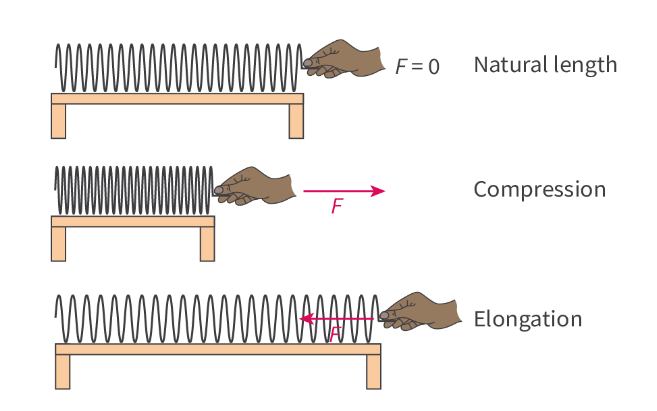
- The formula for elastic restoring force is shown below.

- The spring constant is the stiffness of the spring. A higher spring constant means that the spring is stiffer, and a lower spring constant means that it is more flexible.
Viscous Drag Force
- When moving, we constantly collide with particles that slow us down. This is the reason for example, of why you feel the wind against your face when running.
- In this scenario liquids and gasses both function very similarly, thus viscous drag force can be applied to both of them.
- Imagine viscous drag force as how it would feel to try and run through a ball pit. The balls would collide with you and slow you down. In this scenario balls represent atoms, except much, much larger.
- Viscous drag force scales with velocity. The faster you go, the more drag you encounter.
- Drag is always applied to the direction opposite to the movement.
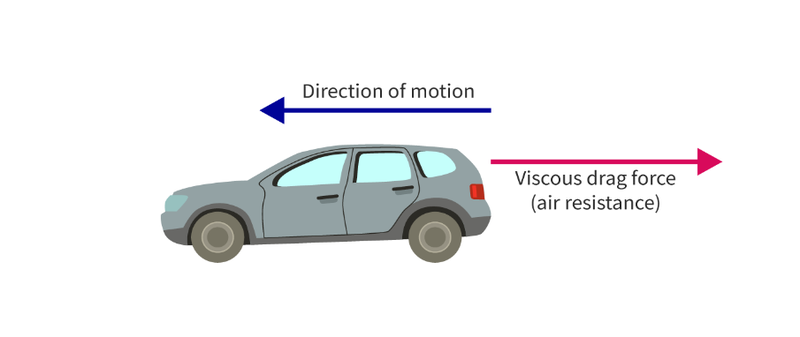
- Keep in mind that calculations are much more difficult for more complicated forms.
- Bullets and airplanes for example can take advantage of different forms, as a more rounded and narrow form causes less drag force.
- The formula for viscous drag force is shown below.
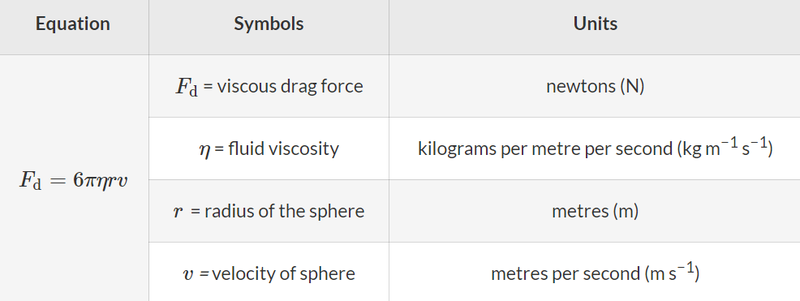
Buoyancy
- Buoyancy is the force experienced by a body when it is partly or fully immersed in a fluid.
- Buoyancy is what makes bodies, such as container ship, float on the surface of a fluid, such as water.
- This is due to the movement of water particles pushing against an object.
- Some bodies float and other bodies do not float. In both cases, the bodies experience buoyancy.
- Bouncy is caused by a difference in pressure at the top and bottom of an object. As water has higher pressure than air, the object floats on the surface of water.
- The same still applies to fully submerged objects.
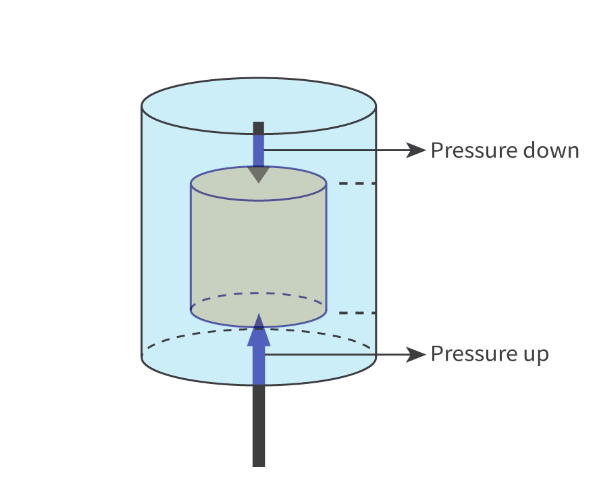
Principle of Buoyancy
- The buoyancy experienced by a body immersed in a fluid is equal to the weight of the fluid displaced.
- Thus incredibly heavy cargo ships can still float, due to them displacing a lot of water, and thus experiencing a lot of buoyancy.
- The volume of liquid displaced is equal to the volume of the submerged object.
- It is independent of mass or weight and is affected by the space taken up by the object.
- The equation for buoyancy is shown below.
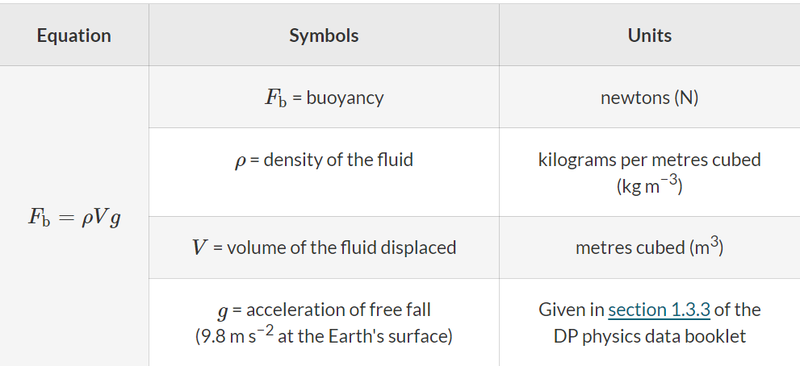
- The density of a fluid is determined through the equation p = m/V





